
A Beacon of Light of Sustainable Architecture in the Philippines
Eco-friendly modern architecture considers every step of the planning and building process, from the procurement of building materials to the design and execution of heating, cooling, plumbing, waste, and ventilation systems to the integration of the built environment into the surrounding natural environment. In the Philippines, one such structure is the Damosa Diamond Tower.
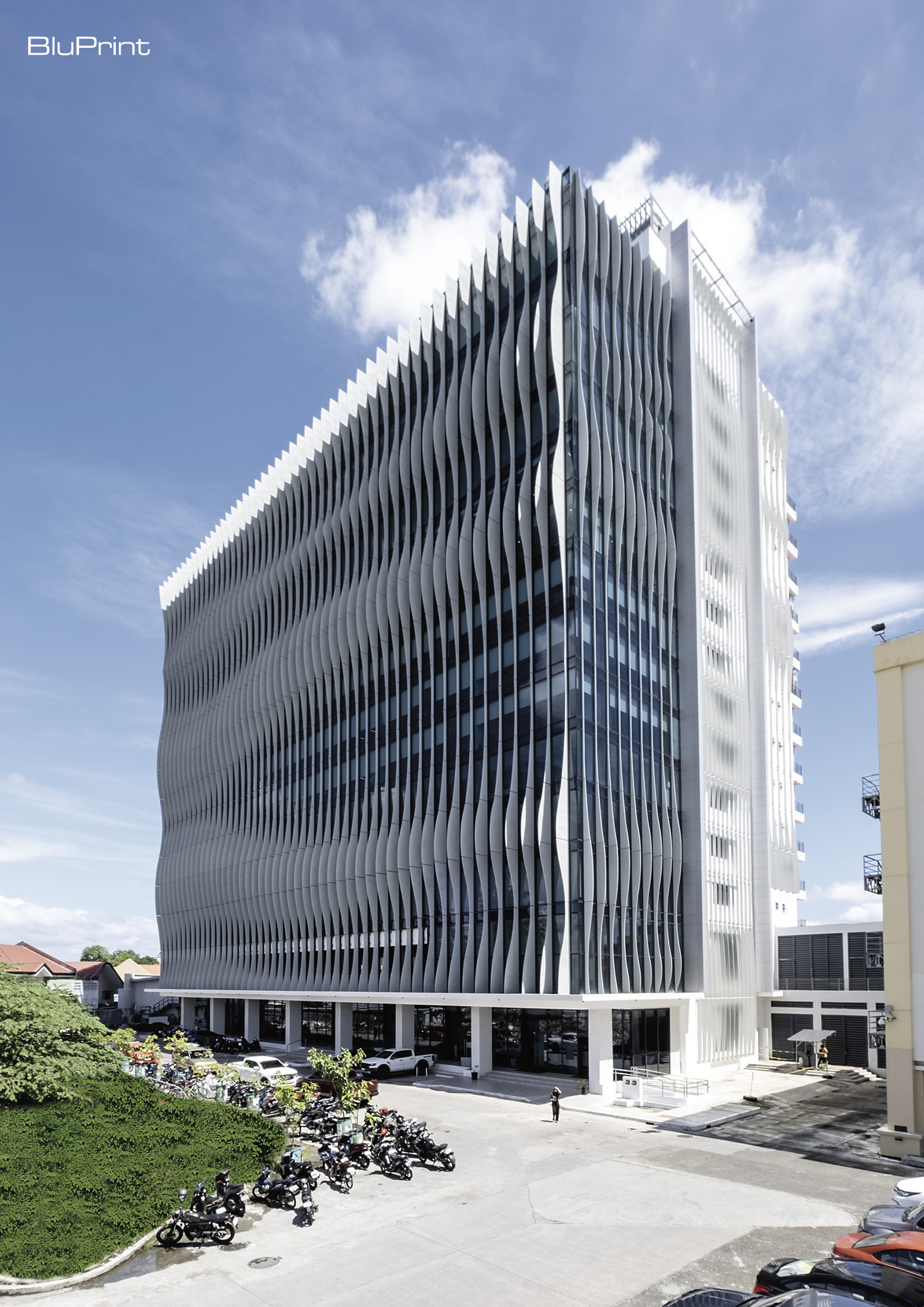
Damosa Land, a company that engages in agribusiness, logistics, real estate, and tourism with headquarters in Davao, is the developer behind the Damosa Diamond Tower. As for its design, it was spearheaded by the talented architects at PDP Architects headed by Architect Cathy Saldaña.
The Project
The Damosa Diamond Tower is more than just an office structure. This 16-story Grade A tower features “green architecture” designs, which refers to the sustainability of the tower’s design and construction. It has received an Excellence in Design for Better Efficiencies (EDGE) Final Certification, making it the first high-end office building in Mindanao. This achievement demonstrates Damosa Land’s dedication to sustainability by emphasizing resource efficiency in using electricity, water, and building materials.
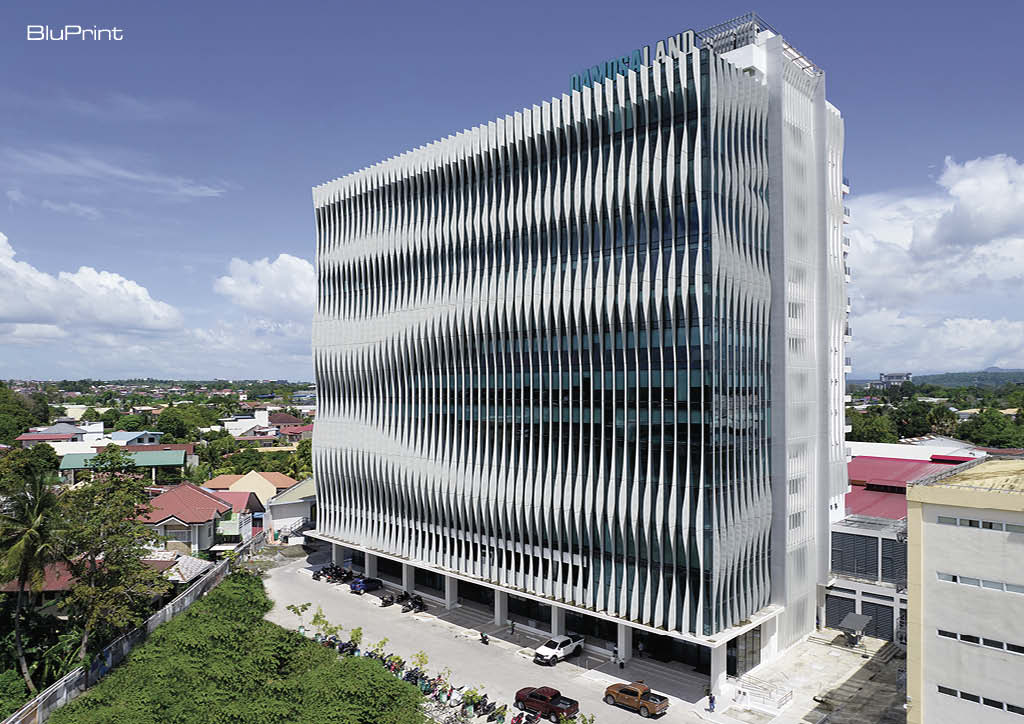
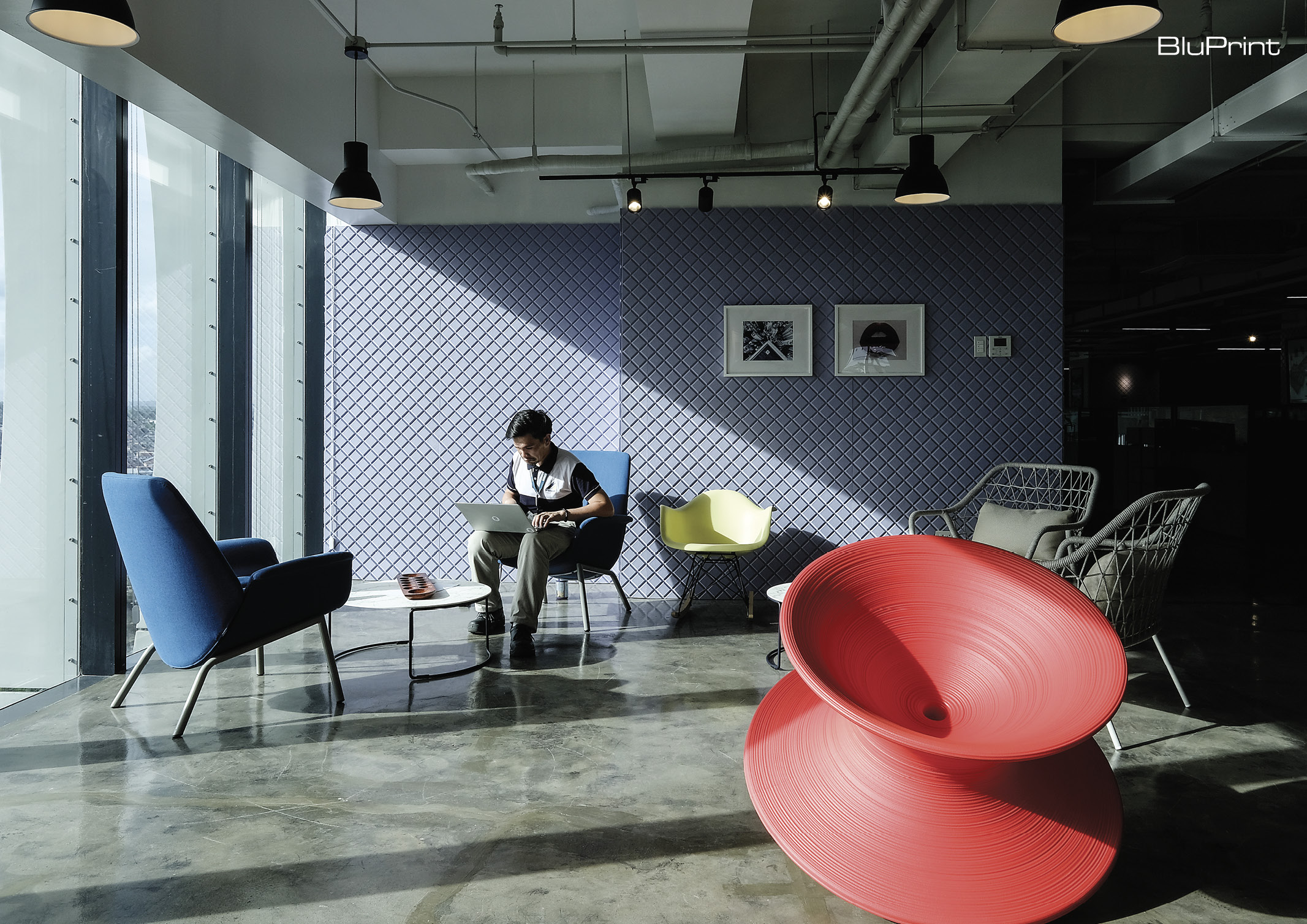
Structures that implement strategies to reduce their carbon impact and maintain resource efficiency are given the EDGE Certificate. The building goes above and beyond aesthetics to create office space that supports the well-being and safety of its occupants, from the façade to the inside.
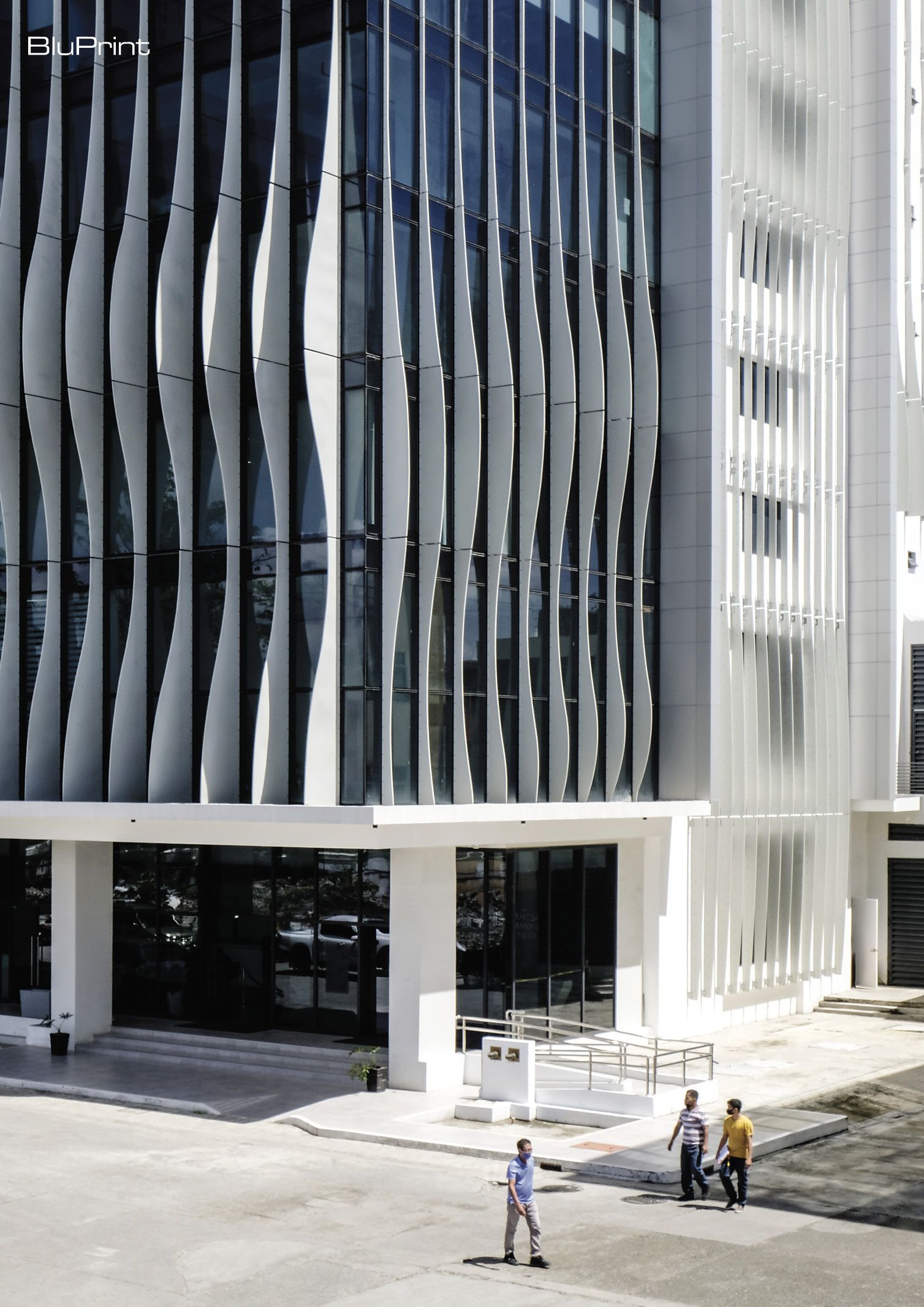
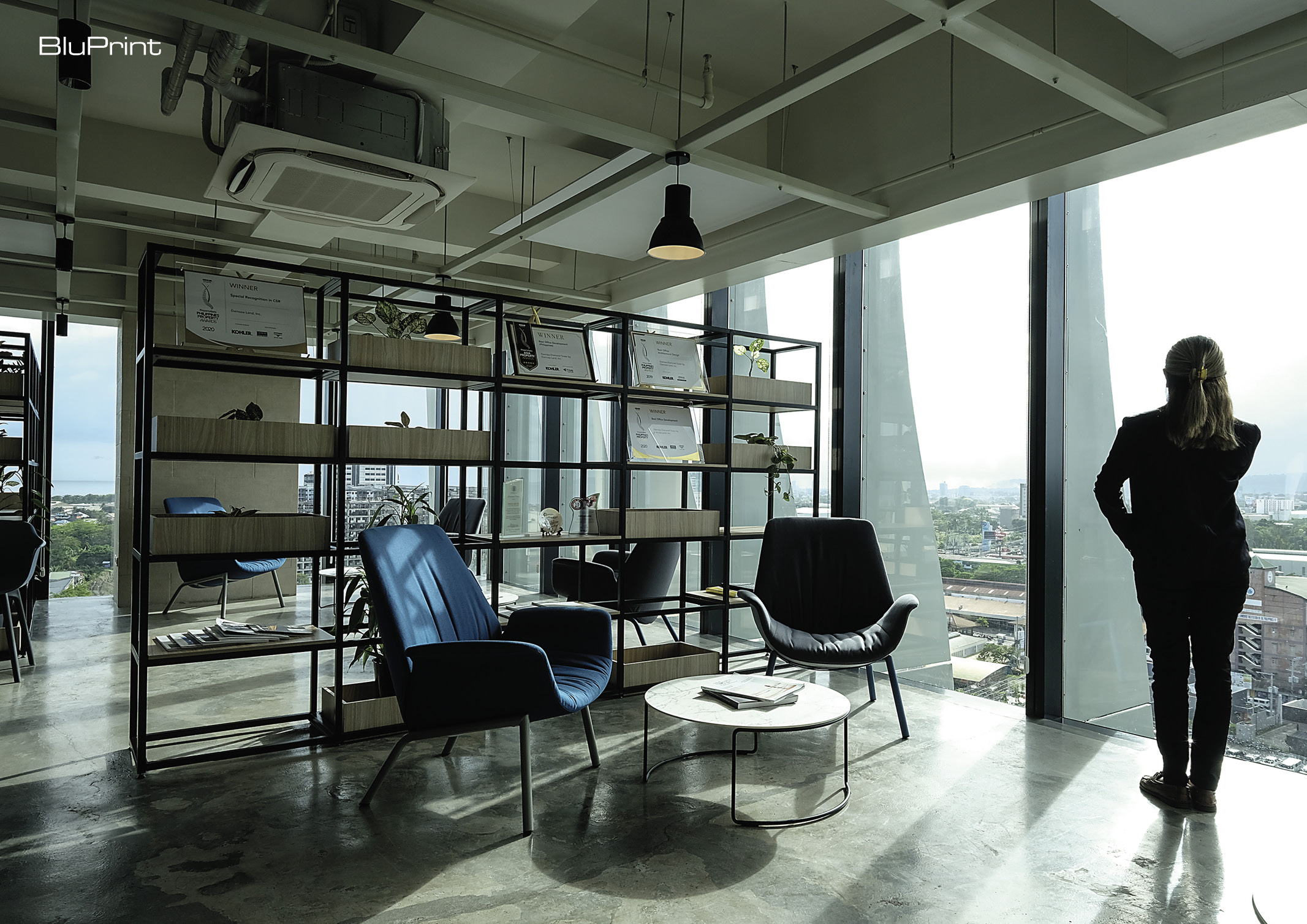
Everything about Damosa Diamond Tower was influenced by the best that Davao has to offer, from the slender curving lines to the woven banana fiber panels and the custom-made outside fins that reflect light and deflect heat.
Sustainability Features
Beyond all the documented certificates are prime features of the building. It features a green roof deck, solar energy, LED lights, and exterior fin placement on its façade, which all contribute not just to the aesthetics, but also to the functionality and sustainability of the workplace.
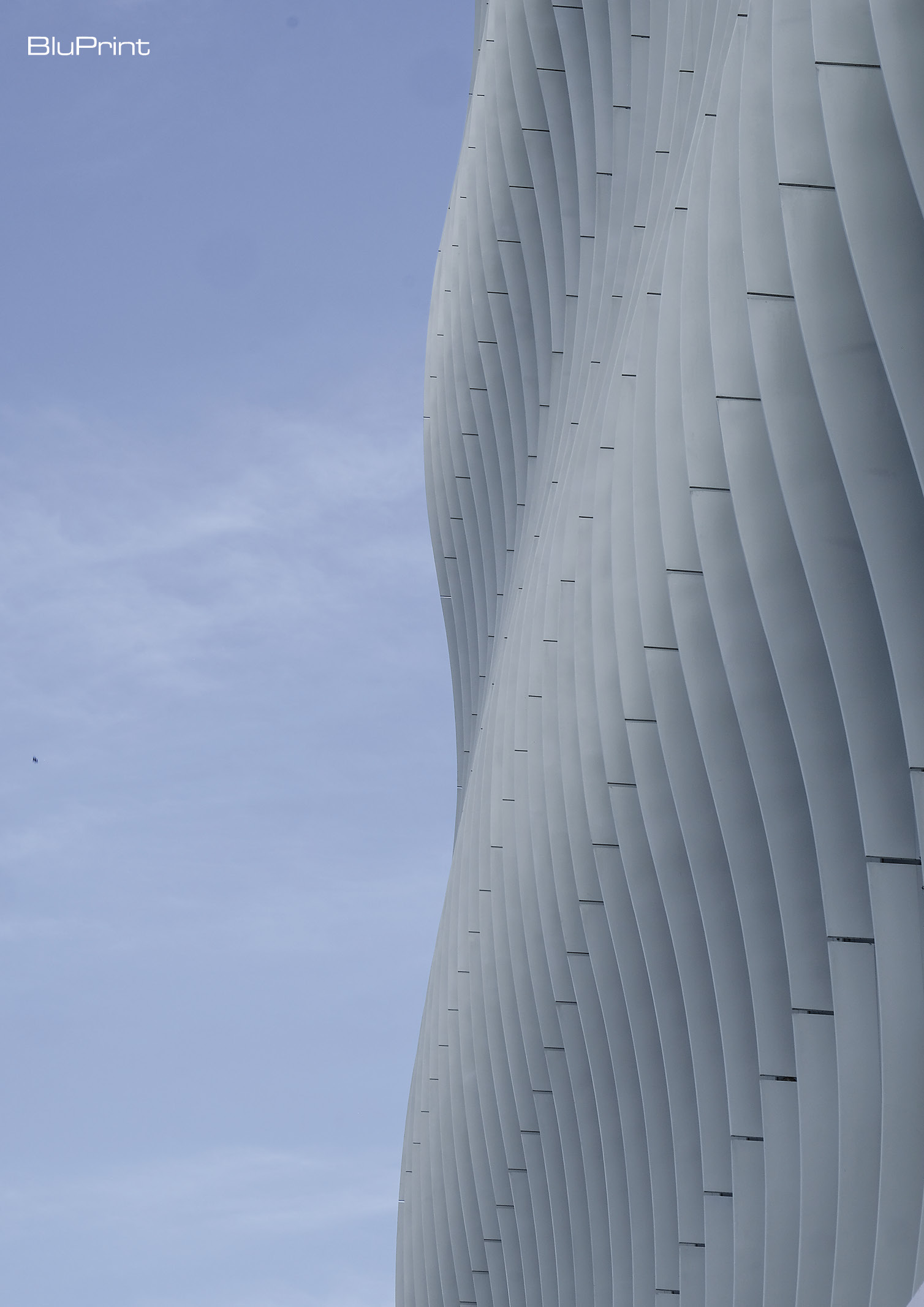
The fins, in and of themselves, were produced in a facility that worked on environmental ratings. The relevance of the fins’ positioning assisted in reducing heat transfer. The use of Low-Emissivity glass on the facade allowed the entry of light but reduced both heat and glare. This obviously resulted in lower power consumption for air-conditioning. From rainwater harvesting to having bike racks, from the materials used and the lighting fixtures employed, the enumeration is quite a long list. Sustainability was incorporated into each branch of the building’s design and construction.
Download BluPrint E-Mag 2023 Volume 1 to read the full story.
Photography by Ed Simon


